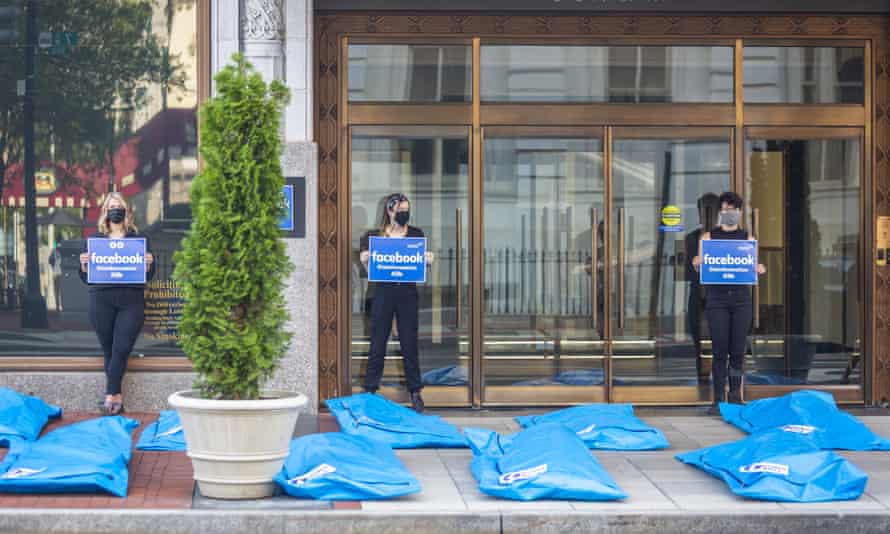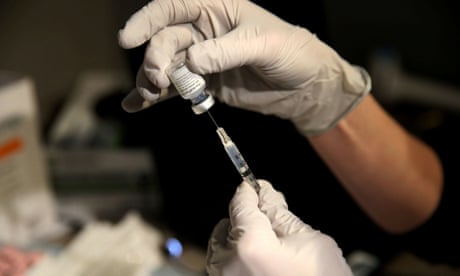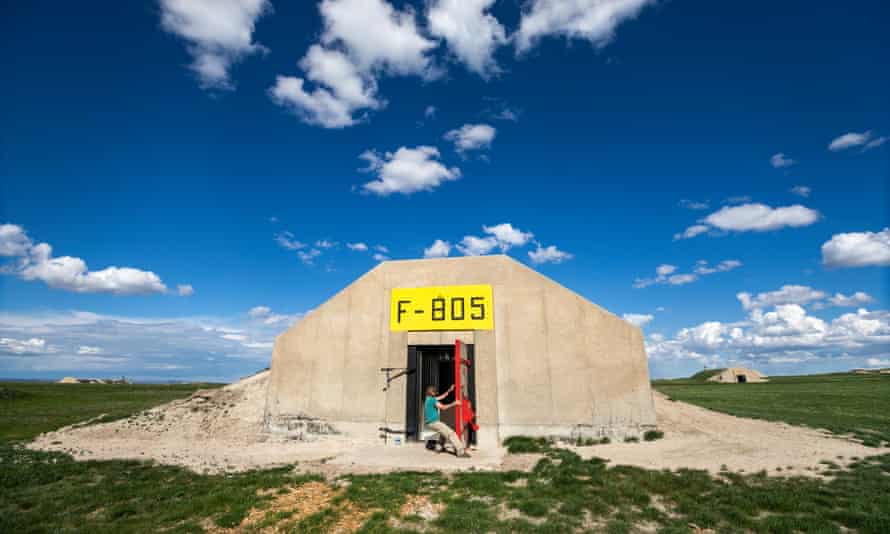HARTFORD, Conn. (AP) — INSURERS FOR The maker of the rifle used in the Sandy Hook Elementary School shooting has offered some of the victims' families nearly $33 million to settle their lawsuit over how the company marketed the firearm to the public.

© Provided by The Canadian Press
Lawyers for now-bankrupt Remington filed the offers late Tuesday in Waterbury Superior Court in Connecticut. The nine families suing the company, who are being offered nearly $3.7 million apiece, are considering the proposals, their lawyers said.
A Hartford lawyer representing Remington, James Rotondo, declined to comment Wednesday. The settlement offers were filed a day after a judge denied Remington's request to dismiss the lawsuit.
A Bushmaster AR-15-style rifle made by Remington was used to kill 20 first graders and six educators at the Newtown, Connecticut, school on Dec. 14, 2012. The 20-year-old gunman, Adam Lanza, killed his mother at their Newtown home before the massacre, then killed himself with a handgun as police arrived at the school.
Relatives of nine victims killed in the shooting say in their lawsuit that Remington should have never sold such a dangerous weapon to the public and allege it targeted younger, at-risk males in marketing and product placement in violent video games. They say their focus is on preventing future mass shootings.
Joshua Koskoff, an attorney for the families, said the settlements were offered by two of Remington's insurers.
“Ironshore and James River ... deserve credit for now realizing that promoting the use of AR-15s as weapons of war to civilians is indefensible. Insuring this kind of conduct is an unprofitable and untenable business model,” Koskoff said in a statement.
Remington's lawyers have denied the lawsuit's allegations. In their request to dismiss the lawsuit, they argued there were no facts presented to establish that Remington's marketing had anything to do with the shooting.
Remington, based in Madison, North Carolina, filed for bankruptcy last year for the second time in two years. Its assets were later sold off to several companies.
Dave Collins, The Associated Press
Lawyers for now-bankrupt Remington filed the offers late Tuesday in Waterbury Superior Court in Connecticut. The nine families suing the company, who are being offered nearly $3.7 million apiece, are considering the proposals, their lawyers said.
A Hartford lawyer representing Remington, James Rotondo, declined to comment Wednesday. The settlement offers were filed a day after a judge denied Remington's request to dismiss the lawsuit.
A Bushmaster AR-15-style rifle made by Remington was used to kill 20 first graders and six educators at the Newtown, Connecticut, school on Dec. 14, 2012. The 20-year-old gunman, Adam Lanza, killed his mother at their Newtown home before the massacre, then killed himself with a handgun as police arrived at the school.
Relatives of nine victims killed in the shooting say in their lawsuit that Remington should have never sold such a dangerous weapon to the public and allege it targeted younger, at-risk males in marketing and product placement in violent video games. They say their focus is on preventing future mass shootings.
Joshua Koskoff, an attorney for the families, said the settlements were offered by two of Remington's insurers.
“Ironshore and James River ... deserve credit for now realizing that promoting the use of AR-15s as weapons of war to civilians is indefensible. Insuring this kind of conduct is an unprofitable and untenable business model,” Koskoff said in a statement.
Remington's lawyers have denied the lawsuit's allegations. In their request to dismiss the lawsuit, they argued there were no facts presented to establish that Remington's marketing had anything to do with the shooting.
Remington, based in Madison, North Carolina, filed for bankruptcy last year for the second time in two years. Its assets were later sold off to several companies.
Dave Collins, The Associated Press











 Bunker repurposed for a US ‘doomsday’ community. A study proposes that countries able to grow food for their populations, protect their borders from unwanted mass migration and maintain an electrical grid, are best placed to withstand severe shocks. Photograph: Jim Lo Scalzo/EPA
Bunker repurposed for a US ‘doomsday’ community. A study proposes that countries able to grow food for their populations, protect their borders from unwanted mass migration and maintain an electrical grid, are best placed to withstand severe shocks. Photograph: Jim Lo Scalzo/EPA
